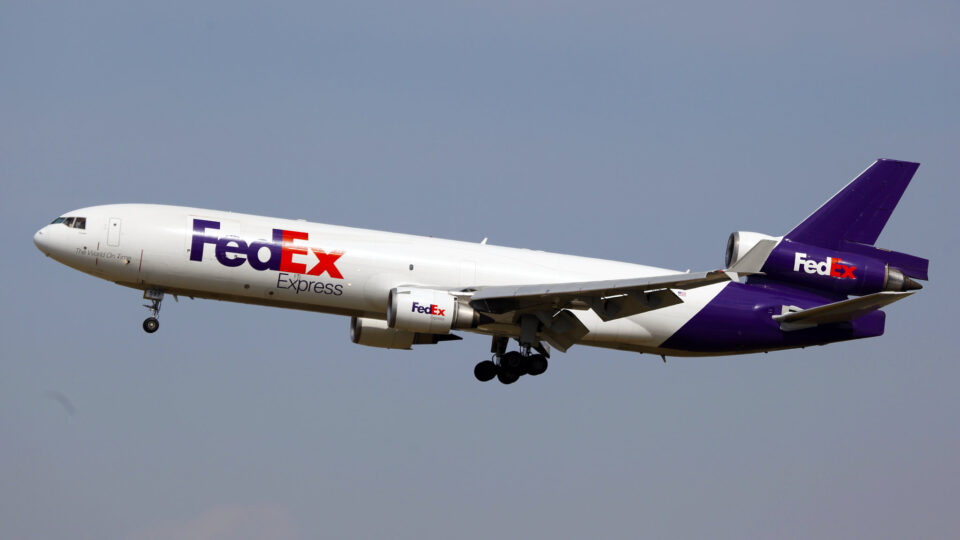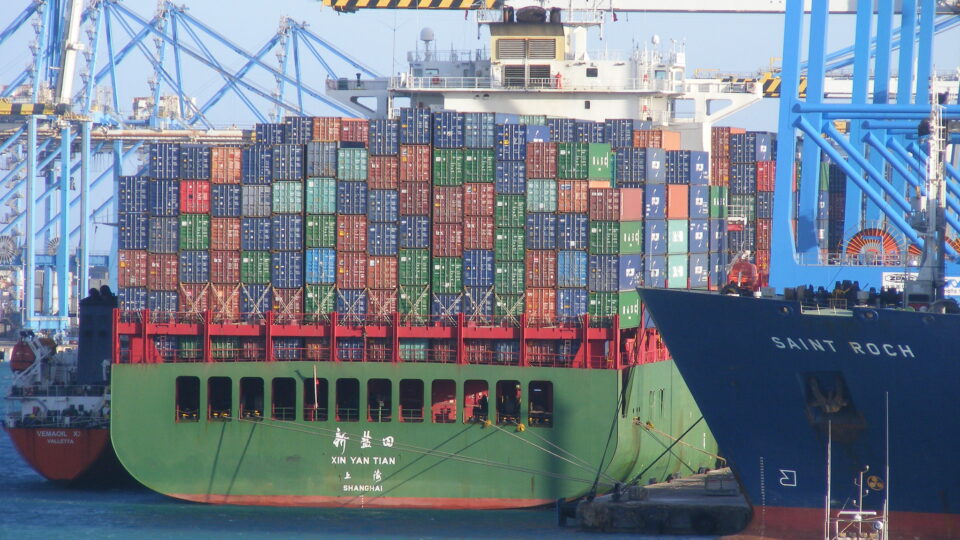The global marine shipping and aviation industries are each responsible for about 3% of greenhouse gas emissions. These are relatively small numbers, but as other industries decarbonize, the contributions from shipping and aviation will loom larger and larger.
In October, both of these industries made commitments to reach net zero emissions by 2050. How can they do it? We don’t really have the details of the technologies to be used, and neither do these industries. But there are ideas being considered.
For both ships and planes, the solution for short-distance trips can be electrification. Electric planes are in the works for short distances. Battery-powered container ships are also under development. But the electrification of longer international and intercontinental routes for both industries is very difficult. The size and weight of batteries needed for long hauls are major challenges to overcome.
The low-carbon solution slowly being deployed in aviation is sustainable aviation fuel made from renewable sources. Longer term, green hydrogen fuel for planes may be a solution. For shipping, hydrogen may play an even larger role. As in the other potential uses for hydrogen, the essential requirement is to be able to produce hydrogen in a way that does not emit greenhouse gases.
There are multiple ways to move towards the decarbonization of both aviation and shipping. Which will turn out to be the most practical and successful is not yet known. What is essential is for both industries to follow through on their commitments to research, develop, and deploy zero-carbon solutions. They appear to have embraced the vision for the future. Now comes the hard work of achieving that vision.
**********
Web Links
Shipping & Aviation Plan To Go Net Zero. How?
Photo, posted August 8, 2014, courtesy of Tomas Del Coro via Flickr.
Earth Wise is a production of WAMC Northeast Public Radio.



